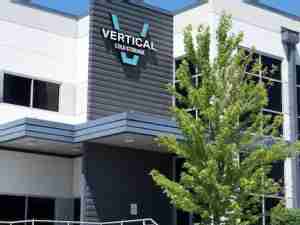The same is true in business. Most of us will attempt to get the most out of existing systems rather than upgrading to a new platform, often without realizing that the delay is probably costing far more than fixing the problem now. This is particularly true when it comes to information technology. Even in large organizations, which have entire departments dedicated to IT, it can be very difficult to calculate the total cost of an IT system as it ages, because many of these costs are hidden in inefficient practices. The costs of the system appear in the IT budget; however the real costs of not replacing the old system are spread through the rest of the company, hidden in excessive maintenance and utility costs, overtime, staff burnout and data loss.
For example, a new server will cost around $8,000 to buy, and about $4,000 to run in the first 12 months with downtime under one percent. Fast forward five years - the server you bought for $8,000 in 2007 is now costing you $17,000 a year to run and outages are running anywhere between 10 and 15 percent of the time. And then there are all the indirect costs associated with having unreliable systems: frustrated staff and customers, contracts which you don't win because your sales team couldn't get the quote out on time, sales opportunities that you don't see because the email server was down ' and the list goes on. Part of the challenge is that neither the $17,000 nor the value of that lost business ever appear on a single budget line ' you simply spend the $326 per week on attempting to keep the server online, and fail to bank the lost business.
It's little wonder that many balk when presented with a quote on a new system, even though in many cases it will be cheaper, both immediately and in the long run. Some of the most sophisticated IT purchases require hiring professional service firms to calculate the total cost of ownership and return on investment on new IT systems; and in many cases the Chief Information Officer will have to provide regular reports to indicate whether the new system is in fact producing the promised savings on operational expenditure. But even in smaller organizations, it should be possible to do a quick audit of operational costs and determine whether or not savings can be made by adopting new technology.
If you're running your own servers, and comparing the cost to a cloud-based system, make sure to include the hardware costs, wages, electricity and connectivity costs on a monthly basis, and compare this to the ongoing maintenance and support costs quoted to you. If you're considering software to replace manual systems, consider the wages you're paying to staff to fulfill simply repetitive jobs like data entry, as well as the time it takes to actually enter and clean the data.
It's always tempting for smaller organizations to try to piece together software to run their business based on software or services they already have. These same organizations often end up wasting time and resources transferring data between poorly matched databases, financial packages and customer contact systems. In the same way, it's tempting for larger companies to attempt to build their own software ' an approach which always costs more and delivers less than is required.
Both approaches suffer from systemic failure, because it is difficult to find IT staff that can keep the collection of systems running and avoid strategic failure. Because your IT staff spends so much time simply keepin


_-_28de80_-_8f8c6366d00d2f1fde1eee7fbc1f9ce9fbad4504_yes.png)







